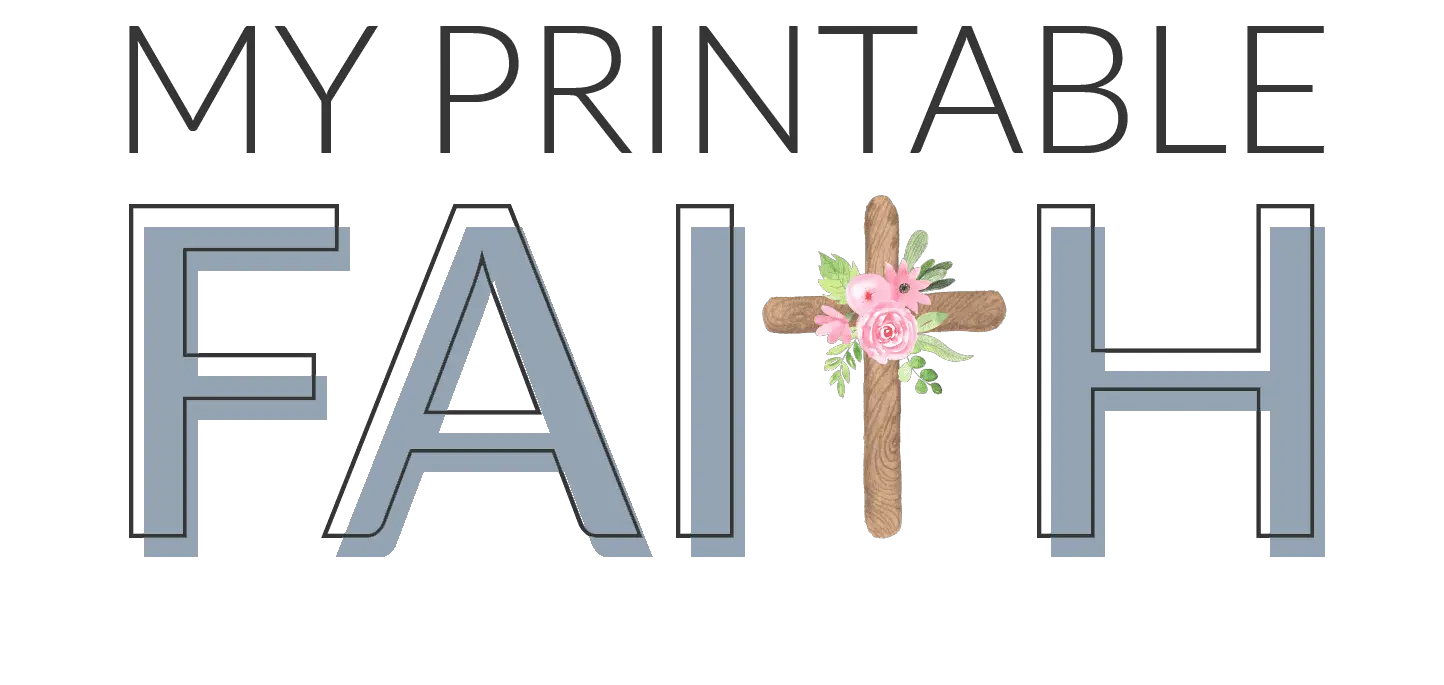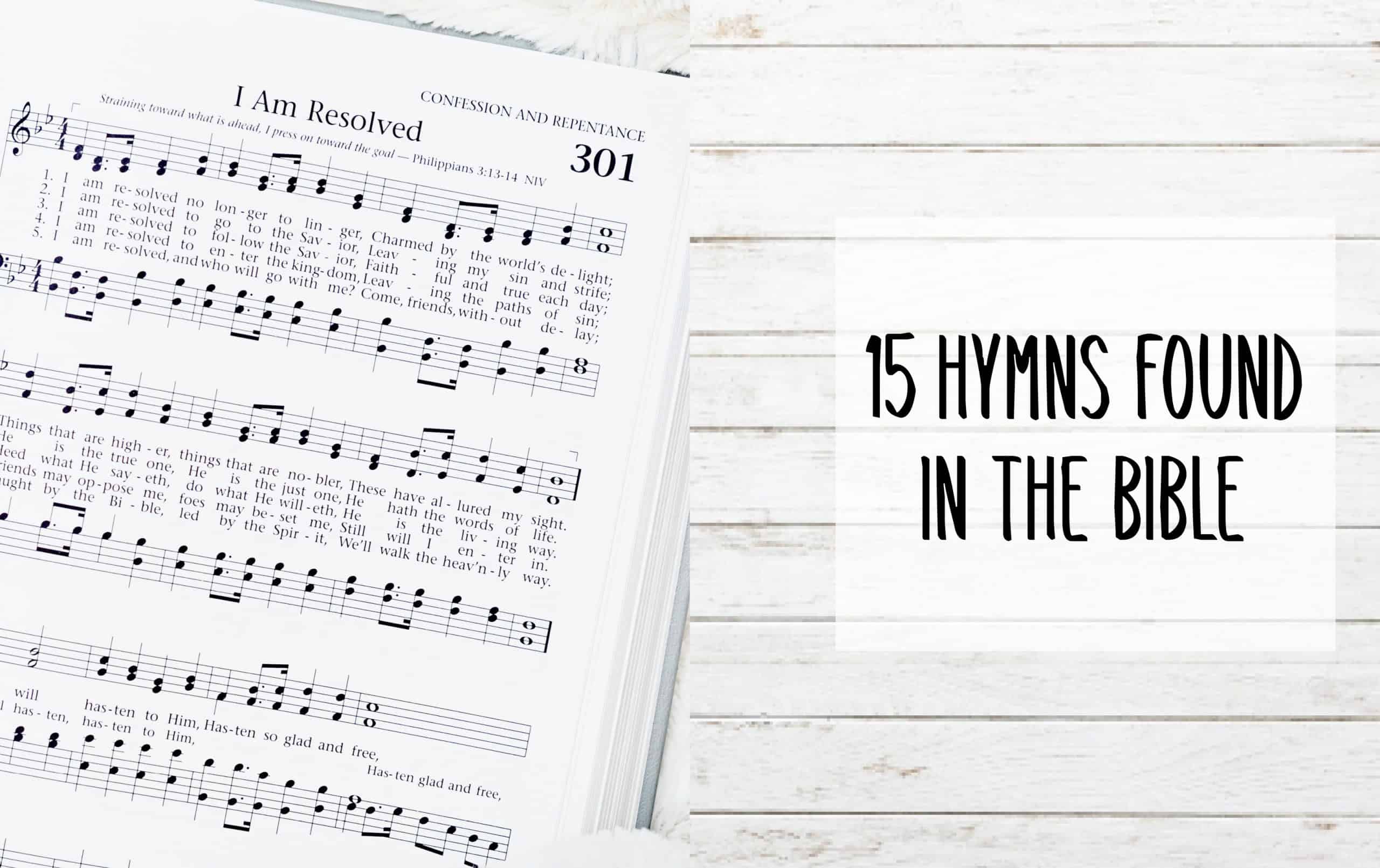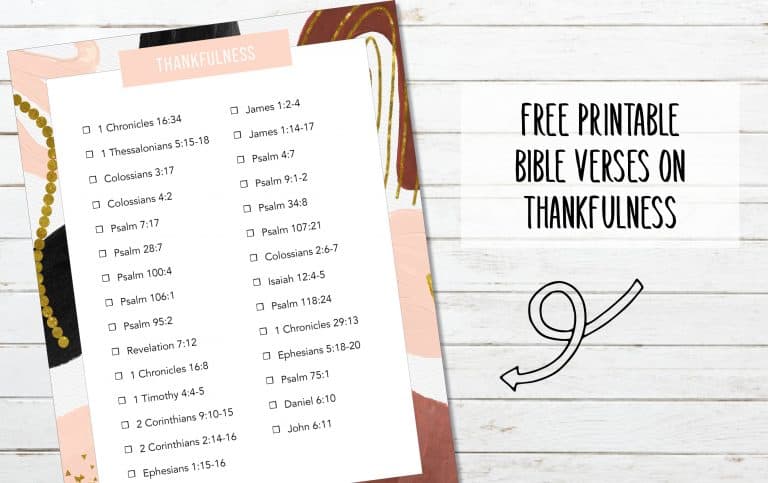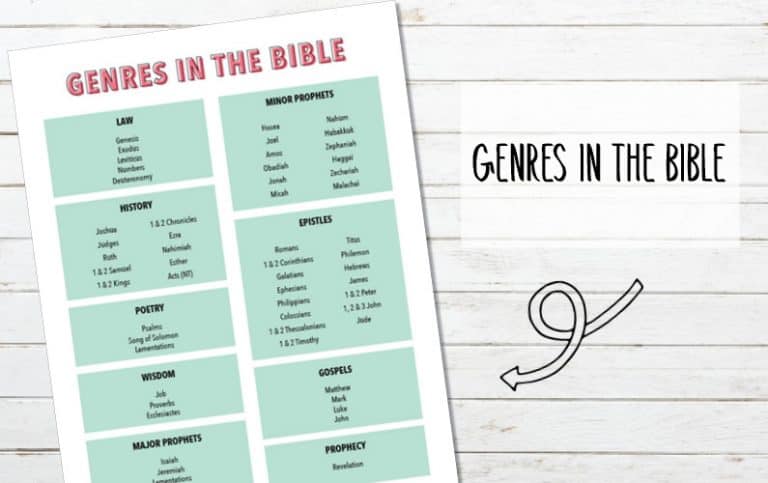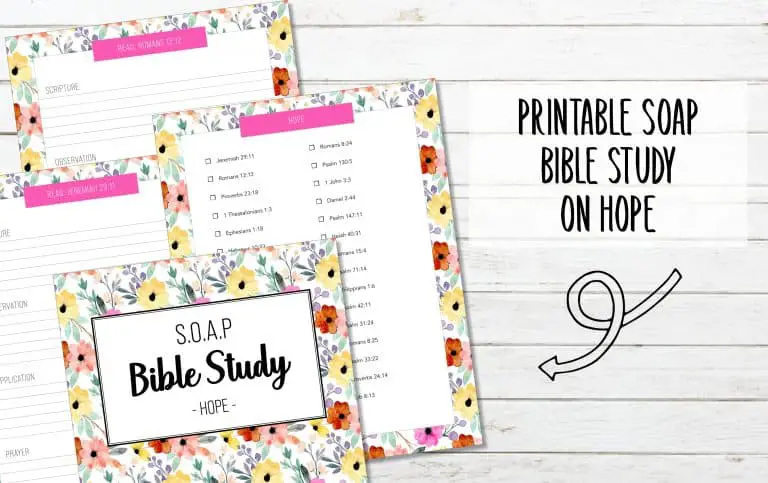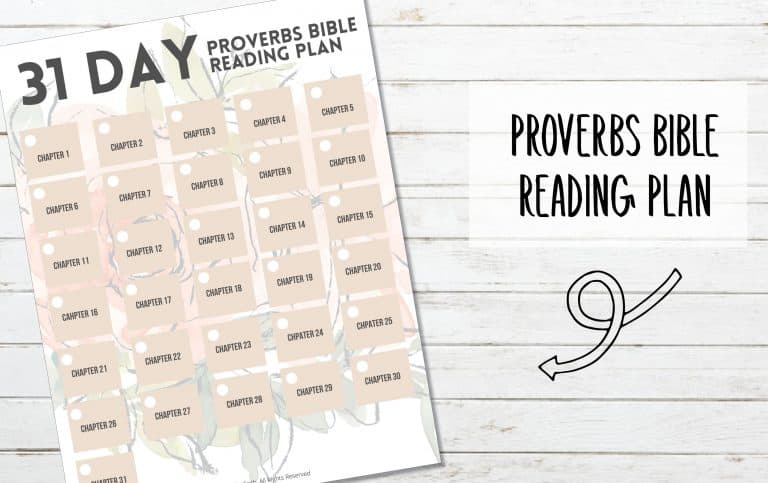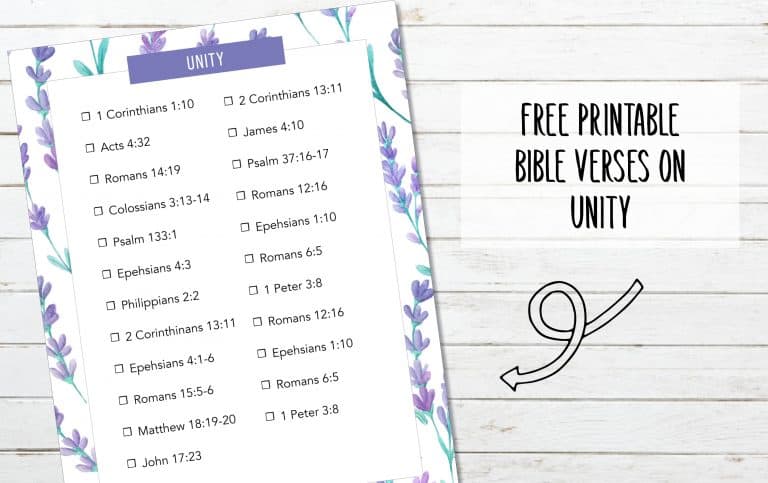I love the old hymns! Don’t get me wrong I also love the more contemporary worship songs too. But there’s something about those old hymns that can be found in the Bible.
There is such a richness and depth in their words, and often they are based directly on the principles and doctrines of the Bible. Many of them were written from a deep and personal experience with God.
Hymns have stood the test of time and have been an integral part of the church and worship throughout history.
They remind us of God’s faithfulness and His grace toward us and they teach us about the fundamentals of our Christian faith.
Whilst you won’t be able to look up a Bible passage and find the words of the hymns directly in Scripture , you will be able to find words and phrases used, and the essence and the meaning behind them in Scripture.
Here are 15 of the most popular and well known hymns.
Amazing Grace
‘Amazing Grace how sweet the sound that saved a wretch like me, I once was lost but now am found, was blind but now I see’
Written by John Newton of England in 1772 and published in1779, this is possibly the most well know hymn of all time and has been used by both the religious and the secular world.
The words were written from John Newton’s personal experience. He was not a religious person growing up but called out to God for mercy when a ship he was traveling on encountered a violent storm. This marked his spiritual conversion, he went on to study theology, was ordained in the Church of England and wrote many hymns. The theme of God’s Amazing Grace is woven throughout the Bible and Ephesians 2:8-9 highlights that we are saved by God’s grace, not because of anything we can do, it is His gift to us.
The Lord is My Shepherd
‘The Lord is my Shepherd, I shall not want’
This Christian hymn is commonly attributed to Francis Rous and is based on Psalm 23 in the Old Testament of the Bible. The Psalm itself was written by King David around 1000BC and is one of the best known Psalms. It has been set to music many times and has the beautiful imagery of a shepherd looking after his sheep. It promotes the theme of trusting in God and God’s care and provision for us, His sheep.
To God Be the Glory
‘To God be the glory great things He has done, so loved He the world that He gave us His son’
This wonderful hymn was written by Fanny Crosby around 1872 but was not published until1875. It was popular in England and was used in DL Moody’s evangelistic crusades during 1873-1874. It became popular in the US after 1954 when it was introduced through the Billy Graham evangelistic crusades. It is believed to be based on Galatians 1:4-5 which says, ‘who gave himself for our sins, that he might deliver us out of this present evil age, according to the will of our God and Father to whom be the glory forever and ever. Amen.’
How Great Thou Art
‘O Lord my God, when I in awesome wonder, consider all the works Thy hands have made…then sings my soul, my Savior God to Thee, how great Thou art, how great Thou art’
How Great Thou Art was written by Carl Boberg in Sweden in 1885. Boberg wrote the hymn after a series of events one afternoon where he was caught in a storm with thunder and lightning crashing around him, the storm was over quickly and was followed by a rainbow. When he arrived home, he opened his window and looked out over the bay and the woods beyond, he listened to the sounds of the birds signing and the church bells ringing and was inspired to write this hymn based on the sights, sounds and experience of that afternoon. It is believed to be based on Deuteronomy 33:26, ‘There is no one like God, Jeshurun, who rides on the heavens for your help, in his excellency on the skies’.
What A Friend We Have in Jesus
What a friend we have in Jesus….what a privilege to carry everything to God in prayer’
This well known hymn was written as a poem by Irish born preacher Joseph M Scriven in Canada in 1855 to comfort his mother who was still living in Ireland. He received credit for it in the 1880’s after originally publishing it anonymously. Scriven suffered great loss and tragedy in his life by losing not one but two fiancés, one from drowning and the other through illness. These experiences moved him to help those who were disadvantaged or elderly.
John 15:14 says, ‘You are my friends, if you do whatever I command you’.
Holy Holy Holy
‘Holy, Holy, Holy! Lord God Almighty! Early in the morning our song shall rise to Thee; Holy, Holy, Holy! Merciful and Mighty! God in Three Persons, blessed Trinity!’
This hymn was written by the Anglican bishop, Reginald Heber in the early 1800’s but was published posthumously in 1826. The hymn refers to the Trinity and was originally written for Trinity Sunday, the first Sunday after Pentecost. It’s Scripture reference comes from Revelation 4:8, ‘Holy, holy, holy is the Lord God, the Almighty, who was and who is and who is to come!’.
It Is Well With My Soul
‘When peace like a river, attendeth my way, when sorrows like sea billows roll; whatever my lot, Thou hast taught me to say it is well, it is well, with my soul’
It Is Well With My Soul was written by Horatio Spafford and first published in 1873. He wrote these words after experiencing a number of tragedies in his life. Firstly, there was the death of his four year old son, which was then followed by his financial ruin from the Great Chicago Fire in 1871. In 1873 he sent his family on ahead of him on a ship across the Atlantic Ocean where he was to follow later. The ship sank after a collision with another sea vessel and all four of his daughters died, his wife survived. Shortly after Spafford was traveling to meet up with his grieving wife, and when he passed near where his daughters had died, he was inspired to write the words to this hymn. Psalm 46:1-3 speaks of the kind of strength Spafford would have drawn from God after experiencing such deep grief and tragedy. ‘God is our refuge and strength, a very present help in trouble. Therefore we won’t be afraid, though the earth changes, though the mountains are shaken into the heart of the seas; though its waters roar and are troubled, though the mountains tremble with their swelling.’
When I Survey the Wondrous Cross
‘Forbid it, Lord, that I should boast, save in the death of Christ my God: all the vain things that charm me most, I sacrifice them to His blood’
This hymn was published in ‘Hymns and Spiritual Songs’ in 1707 and was written by Isaac Watts. Watts was an English Congregational Minister and is recognized as the ‘Godfather or English Hymnody’, being credited with writing over 700 hymns which have been translated into numerous languages. It is believed the inspiration for this hymn was Galatians 6:14, ‘But far be it from me to boast, except in the cross of our Lord Jesus Christ, through which the world has been crucified to me, and I to the world’.
Blessed Assurance
‘Blessed assurance, Jesus is mine! Oh, what a foretaste of glory divine! Heir of salvation, purchase of God, born of His Spirit, washed in His blood.’
Blessed Assurance was written in 1873 and is another hymn written by Fanny Crosby, who was blind from childhood and who wrote over 8,000 hymns and gospel songs. Fanny’s friend, Phoebe Knapp, was composing a new melody on the piano, and when she asked Fanny what she thought the tune was saying, Fanny said, ‘Blessed Assurance, Jesus is mine!’, which, because of Fanny’s lyrics, also became the name of the tune. Fanny Crosby’s life of faith is reflected in this hymn and echoes Philippians 1:21, ‘For to me, to live is Christ and to die is gain’.
Crown Him With Many Crowns
‘Crown him with many crowns, the Lamb upon his throne; Hark! how the heavenly anthem drowns all music but its own: Awake, my soul, and sing of him who died for thee, and hail him as thy matchless king through all eternity.’
This hymn was written in 1851 by Matthew Bridges and Godfrey Thring. Bridges was a British-Canadian author and hymn writer and Thring was an Anglican clergyman and hymn writer. The hymn is based on Revelation 19:12 which says, ‘His eyes are a flame of fire, and on his head are many crowns. He has names written and a name written which no one knows but he himself’.
Rock of Ages
‘Rock of Ages, cleft for me, let me hide myself in Thee; let the water and the blood, from Thy riven side which flowed, be of sin the double cure, cleanse me from its guilt and power.’
Rock of Ages was written by the Reverend Augustus Toplady in 1763 and was first published in 1775 in The Gospel Magazine. It is believed that Toplady was inspired to write the hymn when he found shelter from a storm in a fissure in the gorge of Burrington Combe which is in the Mendip Hills in England. The fissure is now known and marked on some maps as the ‘Rock of Ages’. The inspiration for this hymn comes from Psalm 94:22, ‘But Yahweh has been my high tower, my God, the rock of my refuge’.
All Creatures of Our God and King
‘All creatures of our God and King, lift up your voice and with us sing: Alleluia! Alleluia! O burning sun with golden beam and silver moon with softer gleam: Oh, praise Him! Oh, praise Him! Alleluia, alleluia, alleluia!’
This hymn was written by William Henry in 1919 and is based on a poem by St Francis of Assisi, Canticle of the Sun, which St Francis wrote in 1225 and was based on Psalm 148. Verses 3 and 4 of Psalm 148 say, ‘Praise him, sun and moon! Praise him, all you shining stars! Praise him, you heavens of heavens, you waters that are above the heavens’.
Christ the Lord is Risen Today
‘Christ the Lord is ris’n today, Alleluia! Sons of men and angels say, Alleluia! Raise your joys and triumphs high, Alleluia! Sing, ye heav’ns, and earth reply, Alleluia!’
This hymn was originally known as ‘Hymn for Easter Day’ and was written by Charles Wesley in 1739. As the title implies Christ’s resurrection is the focus of this hymn with each verse highlighting and celebrating a different aspect of it. The Scripture references for the resurrection can be found throughout the gospels in Matthew 28:1-10, Mark 16:1-14, Luke 24:1-44, and John 20:1-29. Luke 24:5-7 says, ‘They said to them, “Why do you seek the living among the dead? He isn’t here, but is risen. Remember what he told you when he was still in Galilee, saying that the Son of Man must be delivered up into the hands of sinful men and be crucified, and the third day rise again?”
Praise My Soul the King of Heaven
‘Praise, my soul, the King of heaven, to his feet your tribute bring; ransomed, healed, restored, forgiven, who like you his praise should sing? Alleluia, alleluia! praise the everlasting King.’
This hymn was written by Anglican clergyman Henry Fracis Lyte and was first published in 1834. It was used in 1947 at the royal wedding of Queen Elizabeth II and Prince Phillip, Duke of Edinburgh, and also as the opening hymn for former U.S. President George H W Bush in 2018. It takes it’s inspiration from Psalm 103, verses 1 and 2 say, ‘Praise Yahweh, my soul! All that is within me, praise his holy name! Praise Yahweh, my soul, and don’t forget all his benefits’.
Turn Your Eyes Upon Jesus
‘Turn your eyes upon Jesus, look full in His wonderful face, and the things of earth will grow strangely dim, in the light of His glory and grace.’
This hymn is also known as ‘The Heavenly Vision’ and was written by Helen Howarth Lemmel. It was first published in 1918 and it’s inspiration came from a tract written by Isabella Lilias Trotter titled Focused. It is based on Isaiah 45:22 which says,’“Look to me, and be saved, all the ends of the earth; for I am God, and there is no other”’.
Getting into the old hymns is wonderful!
What a great way to worship our God!
